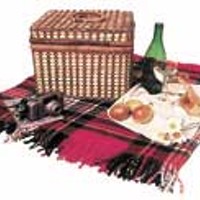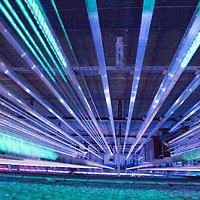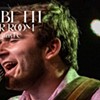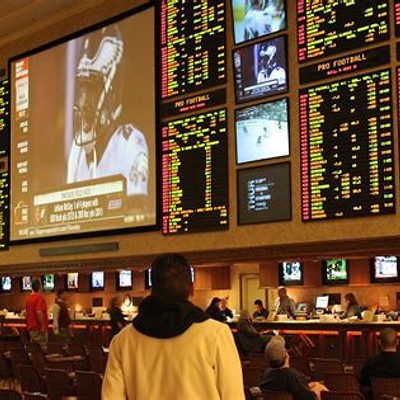The baggy pants allow for ease of movement -- there's a lot of activity in a restaurant kitchen. The typical black-and-white hound's tooth check pattern camouflages stains. The pants are also available in a riotous variety of colorful designs to reflect the chef's individuality.
Those cool double-breasted jackets were designed for function rather than style. They can be buttoned either way, so when the front of the jacket gets stained with the soup du jour, it can be re-buttoned with the clean side out. The jackets were originally made of white cotton -- to denote cleanliness in the kitchen -- but now you might see them in other colors and fabrics. Neckerchiefs add a jaunty accent to the uniform, and also keep sweat from dripping into the food the chefs are preparing -- always a plus.
Although you might see chefs or culinary students wearing baseball caps or skullcaps, the traditional chef's hat is the toque, a tall, pleated number. There are a couple of theories about the origin of the toque. One, from the seventh century AD, asserts that chefs, considered to be learned men, took refuge in churches to escape persecution. There they disguised themselves in clergymen's costumes, complete with tall hats.
An ancient Assyrian theory is that chefs held high rank in the king's court -- all the better to prevent poisoning -- and with that rank came the right to wear a "crown" of sorts. The cloth pleats suggested the ribs of a royal headdress.
A Pageant of Hats, Ancient and Modern (1958) says, "It was regarded that any chef . . . could cook an egg at least one hundred ways. . .Today, noted chefs are seldom called upon to prove their prowess in this manner. Nevertheless, they still wear one hundred pleats on their hats."
Modern chefs' toques often have fewer pleats, but the height of the hat still represents the chef's professional level. The Chef's Hat Inc. website recommends 7-inch hats for the cook and culinary students, 9-inch hats for the executive chef, sous chef or chef instructor, and 11-inch hats exclusively for the executive chef. And those puffy, floppy chef's hats? Those are usually worn by bakers or pastry chefs. Maybe because they resemble a popover?
Speaking of Cuisine_chew.html
-
At Your Service
Jun 29, 2005 -
It's the Berries
Jun 15, 2005 -

It's Picnic Time
Jun 8, 2005 - More »
Latest in Chew on This
More by Linda Vespa
-
Well, It's Diet Time Again
Nov 27, 2019 -

Urban Explorer's Handbook 2006
Mar 8, 2006 -

American Gluttony
Nov 23, 2005 - More »
Calendar
-

Haw River Wine Tasting @ Carolina Beer Temple.
-

Haw River Wine Tasting @ Carolina Beer Temple.
-

TRIVIA THURSDAYS!!! @ Elizabeth Parlour Room
-

LIVE MUSIC FRIDAYS: TRACE CASANOVA @ Elizabeth Parlour Room at Hooligans FC
-

Charlotte Grilled Cheese Festival @ SouthEnd Station.
-
Bernardin's celebrates 1/2 year anniversary
A glimpse into this upscale Uptown location, complete with photos.
-
Vegan CEO Talks Meatless Mondays and Learning the Lifestyle
Planting the seed
-
Back of the Box: No Boil Classic Lasagne 5
Not having to boil the noodles rocks!







